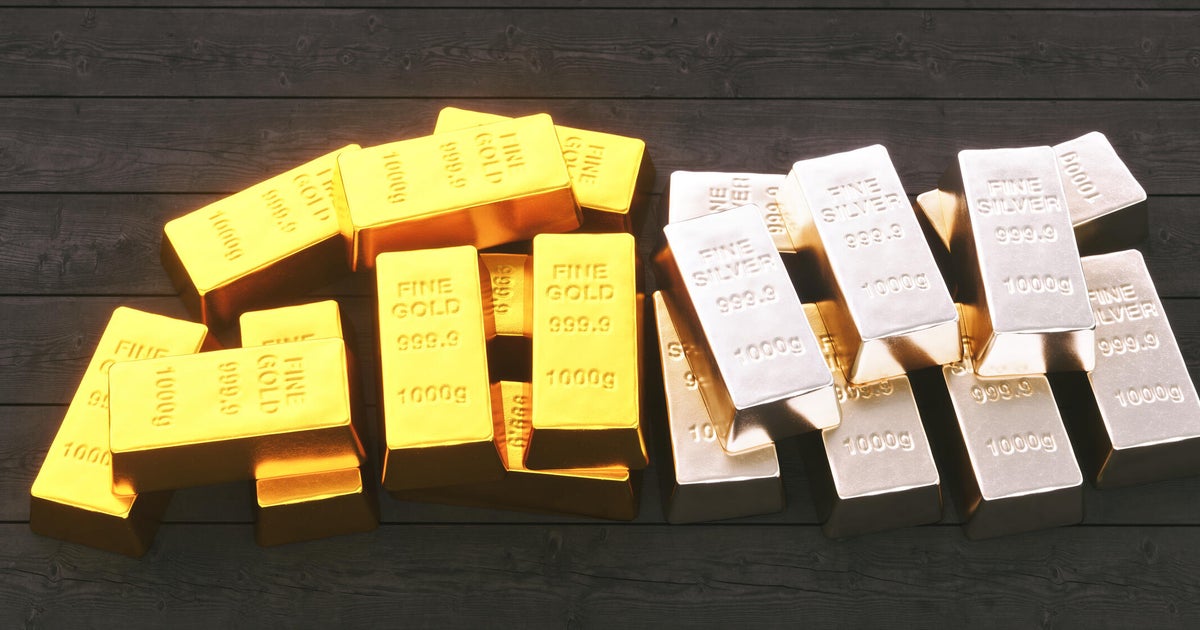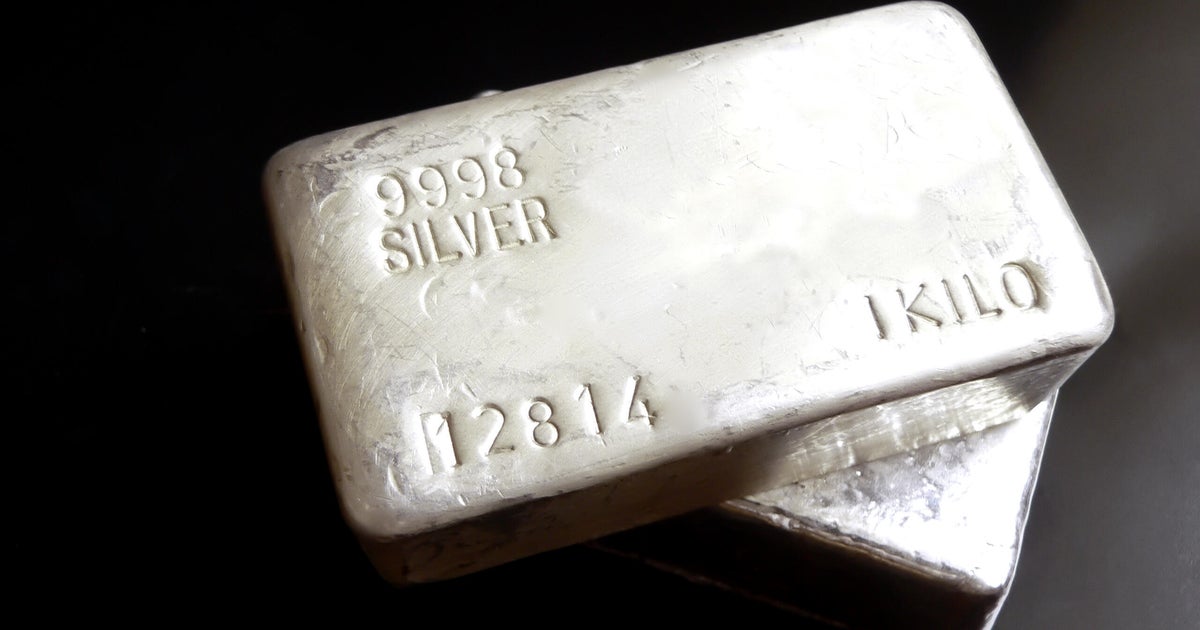What drives the price of gold?
Have you considered investing in gold? If so, you may know that investing in the precious metal is very different from investing in publicly traded companies. After all, gold doesn't provide dividends, it doesn't have a managing body and it will never be the target of a corporate acquisition. On the other hand, it does have significant value.
Not only does gold have value, but that value changes with time — which is why investors often look to the commodity as a way to grow or stabilize their portfolios.
But where does that value come from? If earnings reports and acquisition chatter don't cause movement in the price of gold, what does?
Add gold to your investment portfolio today.
What drives the price of gold?
Before you make any investment, it's a good idea to do your research and get to know the asset you're buying. So, if you're thinking about investing in gold, it's a good idea to learn about what causes changes in the commodity's value.
"Gold sure is pretty to look at and people have been mesmerized forever by the allure of gold and what determines its price," says Steve Azoury, ChFC and owner of Azoury Financial in Troy, Michigan. "It's believed that three factors usually drive the movement in the price of gold."
Those factors include:
Inflation
The most common driver for gold's price is the expectation of inflation, says Azoury. Inflation "increases investors' interest to purchase, and thus the supply and demand factor takes over, raising the prices." But why does inflation drive the price of gold?
When high inflation sets in, the United States dollar loses value. Over time, seemingly small changes have a significant impact on your ability to trade a dollar for goods and services. Just think about the difference between prices when you were a kid and prices today. Today's dollar simply doesn't buy as much.
Gold has a close relationship with inflation in that when prices rise, the value of gold tends to rise as well. As such, investors often look to gold as a way to protect the value of their portfolios during inflationary periods.
Protect your portfolio from inflation with gold today.
Long-term interest rates
"The second factor impacting the price of gold is expected long-term real interest rates," says Azoury. "A rise in interest rates usually drives down the price of gold. A decrease in the interest rate will do the opposite, increasing the price of gold."
So why do long-term interest rates cause movement in the price of gold? It's a matter of competition.
Gold doesn't offer a coupon rate, dividend or any other cash return. The return on the commodity is solely determined by its growth in value. Long-term interest-based investments, like treasuries, have a value that's tied to their percentage-based returns.
Both of these assets are considered safe-haven investments. As such, when long-term interest rates are high, treasuries are more attractive, which can lead to declines in the demand for, and therefore the price of, gold.
On the other hand, as long-term interest rates fall, bonds and treasuries tend to lose their momentum — leading to higher demand for gold.
Market and economic conditions
"Finally, the third factor that drives the movement in the price of gold is uncertainty in the market," says Azoury. "Gold prices seem to protect against bad economic times, which some refer to as the pessimism about the future conditions factor. People seem to flock toward gold when the economy is in bad shape."
Ultimately, gold is a safe-haven asset. So, when the market and economic conditions are concerning and investors are seeking safety, they tend to flock to gold — causing its price to climb.
How to add gold to your investment portfolio
As a safe-haven commodity, gold has a place in just about any investment portfolio. So, how can you add it to yours? Here are a few options:
- Physical gold: You can buy physical gold coins and bars and store them in your safe or a depository.
- Gold ETFs: Gold exchange-traded funds (ETFs) pool money from a large group of investors and use that money to purchase physical gold. Shareholders share in the gains that gold produces based on the number of shares they own.
- Gold mining ETFs: Gold mining ETFs pool money from a large group of investors and typically use that money to invest in a diversified portfolio of mining stocks. Purchasing shares in these funds usually gives you exposure to gold as well as the potential gains associated with the companies that produce it.
The bottom line
Several factors play a role in the price of gold, but it all boils down to one thing: the law of supply and demand. When economic or market conditions lead to an increase in gold's demand, you can expect to see gains in the price of the commodity. On the other hand, when gold's demand decreases, the price of the commodity typically follows.






